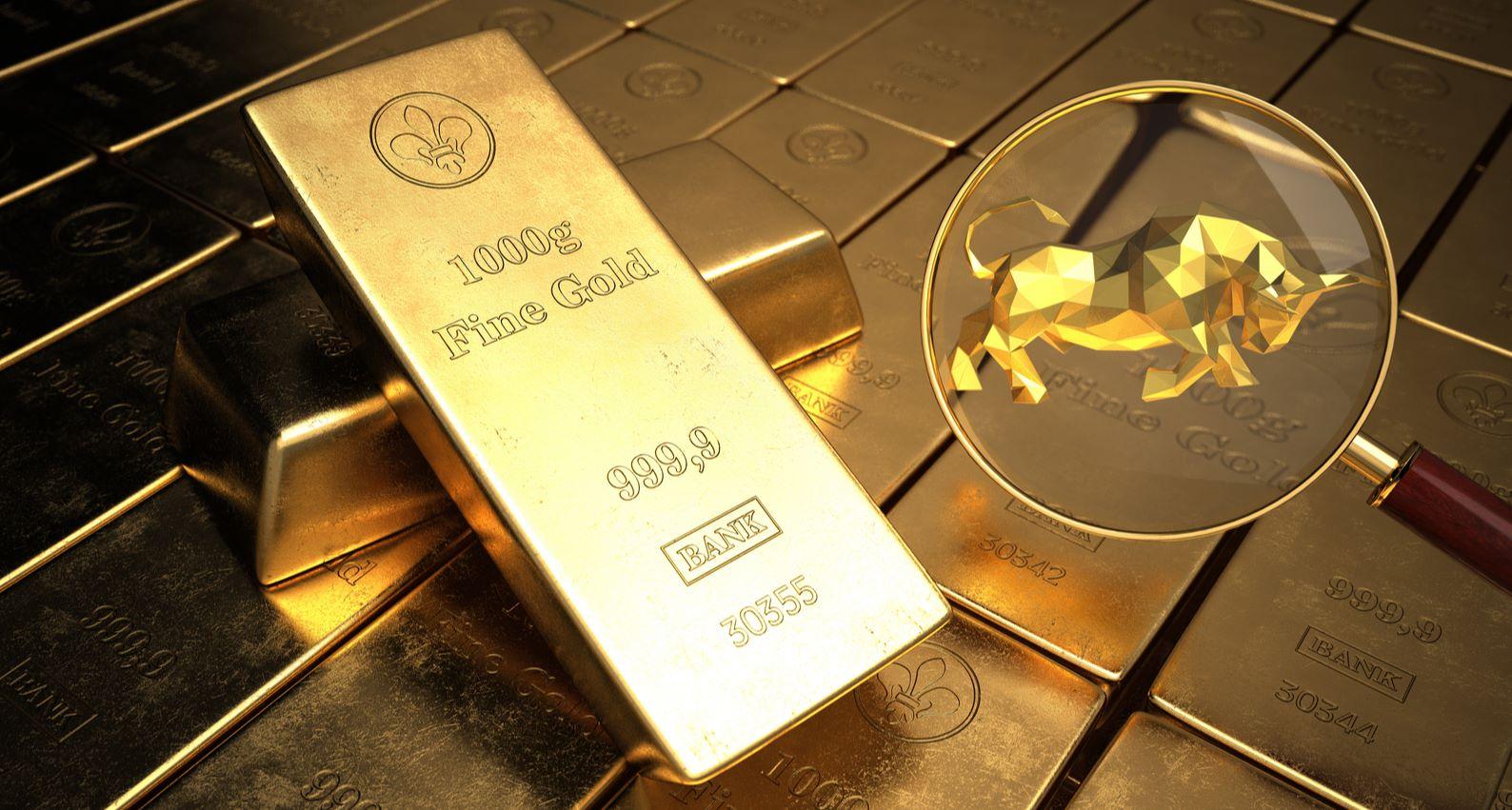Rise in Prices of Global Commodities
Published on 08 Nov, 2021

Prices of commodities are increasing unprecedentedly, fuelled by the combined effect of economic recovery following COVID-19, logistical issues, and expectations from the US stimulus package. The impact of this spike will have to be borne by industries and end customers. What are the remedial measures to control this cost spiral?
Global supply chains have been facing constant challenges since the outbreak of the global pandemic. The shortage of critical materials has led to spiralling cost of commodities, which is a huge concern for many industries. Prices of industrial commodities such as steel, copper, nickel, aluminium, and lead as well as precious metals such as silver and gold have surged sharply in the international market. Energy costs have also spiked as European gas and power costs increased. Higher costs threaten faster inflation, rising cost for consumers, and pressure on companies.
The commodities market has always been dynamic but has become more volatile now. Economic recovery, coupled with factors such as shortage of shipping containers, are considered the main reasons for the scarcity of these materials and resultant surge in prices.
The above events are the after-effects of the black swan event of 2020 – COVID-19. Some other cascading effects of the global pandemic resulting in the price surge of commodities are as follows:
- Increasing demand from China – Since the start of economic recovery, the demand from China has had an upward trajectory. With rise in manufacturing activities in Asian countries, especially China, the demand for raw materials has also increased.
- Supply disruptions – Global supply chains are yet to retain their equilibrium. Certain countries are still being forced to impose short-term lockdowns due to the second or third wave of pandemic, resulting in production delay. Furthermore, the logistics issue born out of shortage of shipping containers continues. Hence, the entire supply chain is disrupted and faces limitations.
- US stimulus package – The US declared a USD 900 billion COVID-19 stimulus package, leading to an increase in consumer demand on positive sentiment. Furthermore, the US Federal Reserve and other global central banks pumped significant liquidity into the markets over a period to counter the economic impact caused by COVID-19. This boosted precious metal prices.
- Investment demand – Until October 2020, hedge funds invested over USD 4 billion in the commodities market. Fund managers and analysts recommend investment in commodities, resulting in a sharp rise in returns from commodities fund this year.
- Energy highs – As the winter season starts, Europe’s gas stockpiles have hit record lows of this decade. Due to this, the cost of producing electricity has skyrocketed. The continent is trying to meet the demand by boosting supplies from various regions, but the supply remains constrained.
Conclusion
It is recommended that companies monitor this ongoing rate increase and accordingly redesign their strategies and plans to combat this situation. It is important for companies to hedge their commodity risk, especially if they operate in industries focused on raw material. This is more relevant for the agricultural space where price volatility can upset the profit margins of companies.
The increasing prices of commodities has initiated a super cycle, which is expected to continue. The commodities sector may continue to record rise in prices and there may be a complete rate change for some commodities soon.

